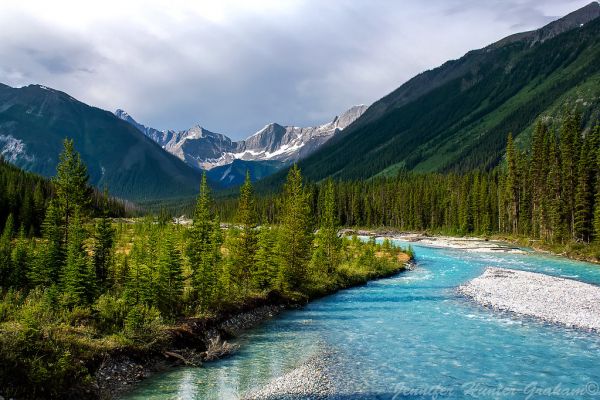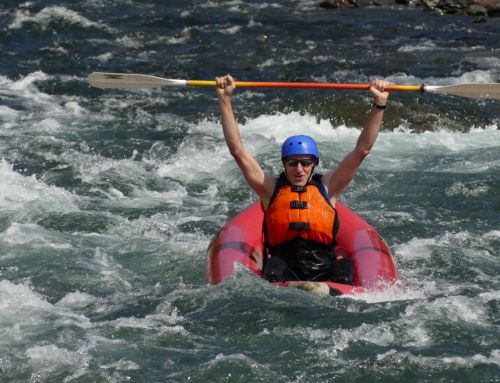Water Morphology
Rivers are incredible parts of our world. Countless fish, birds and other wildlife live around rivers and depend on them as well as the vegetation along the shoreline. Rivers connect different ecosystems. They affect wildlife and landscape farther than you may think from a river’s edge. The amazing adventures and businesses surrounding rivers is part of the reason we love them. Adventures such rafting, kayaking, fishing, and swimming, just to name a few. Wild rivers are also a wonderful source of water for us as the river and surrounding vegetation help to filter water. And finally, the spiritual and cultural significance of rivers is incredible.
River morphology is a river’s history- how the shape, size and direction of rivers can change over time. There are many different processes and environmental conditions that help to shape rivers including water velocity, composition of the riverbed and banks, as well as surrounding landscape and vegetation.
A combination of water, sediment, organisms, and riparian (shoreline) vegetation are aspects that are instrumental in creating these precious rivers.
Water takes the easiest path, which is the lowest path, and therefore follows valleys. When a river is young it moves fast through these low points. The older the river gets, the deeper the water cuts into the earth and the more it meanders. When a river meanders, it works back and forth creating curves. These curves become larger because the current is faster at the outside of the curves and slower on the inside therefore the water erodes soil from the outer curve and deposits this sediment to the inner curve. This is how the meanders grow larger over time. The steeper the river slope, the more power and consistency of a river’s current, the more erosion and deposition occurs.
Rivers change and move as they get older. The older, higher-elevation paths of a river can be seen next to the river and are called fluvial terraces. This is before erosion and deposition of sediment has changed the river to what it is currently. These old river pathways can mark the outer edges of a floodplain.
A floodplain consists of the river channel and the flood fringe, which extends from the channel to the valley walls where the valley floor rises into bluffs.
A floodplain is created when the ground is eroded away by the movement of the river combined with sediment (aggradation) deposited by the river. Oxbow lakes are another aspect of river morphology and are formed when a meander of a river is cut off from the river, creating a body of water that is now detached from the channel.
A floodplain with a lot of deposit build-up will often turn out to be a wide, shallow, braided river. This is where the main channel is separated into smaller channels and little islands.
The sediment of a floodplain varies. The surrounding landscape as well as the velocity of the currents determines the coarseness and composition of the sediment. The riverbed and banks can be made up of different materials such as bedrock, sand, or clay. The erosion of these different materials creates varied sediment.
Another part of this process is riparian vegetation. This plant life on the edges of a river binds the soil together and helps to dissipate energy from the water which results in less erosion. Riparian life also helps to store water from a period of high flow to release during low flow periods.
Rivers maintain dynamic equilibrium between discharge, slope, sediment load and sediment size. This means the river is in a state of balance. The river flow and capacity to carry sediment, the sediment entering the river, and the base level of the river all remain the same because they balance each other out. The sediment being put into the water is the same as it can carry. Therefore, the system is in a state of balance, or equilibrium.
However, climate change, tectonic lift and sink, and landslides can shift this equilibrium, as well as human factors such as damming and irrigation. This results in hydrologic changes and shifts in the river such as creating or shrinking river channels.


